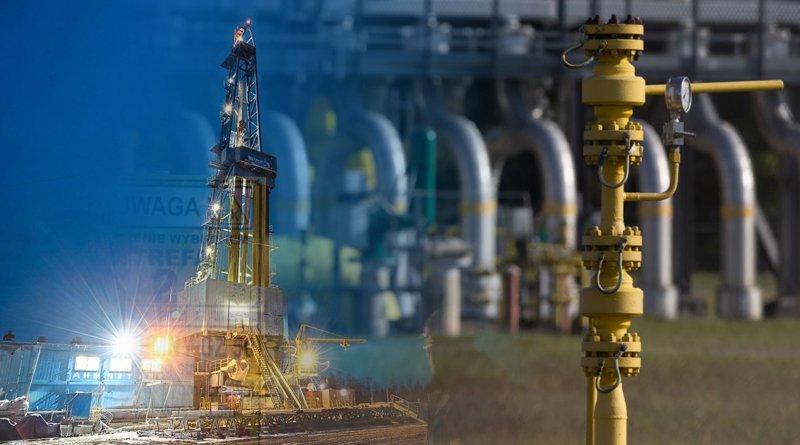The 2022 LNG contracts total 58.1 million metric tons of LNG, which is more than half the gas burned for cooking and heating in US homes in 2021.

US oil and gas companies are attempting to use long-term liquefied natural gas (LNG) contracts to address the short-term issue of a limited European gas supply caused by Russia’s invasion of Ukraine according to a new report.
Research by Friends of the Earth, Public Citizen, and BailoutWatch shows that since the start of the war, the US fossil fuel industry has committed to 45 long-term contracts and contract expansions. From the 14 such contracts signed in 2021, this represents a significant increase.
Even though gas price volatility in Europe is already decreasing, the majority of the new contracts won’t start delivering gas until 2026 or later, after which they will lock in prices for 20 years or longer.
LNG terminals are expensive, multi-decade investments that require market certainty to be delivered through long-term contracts. The 2022 LNG contracts total 58.1 million metric tons of LNG, which is more than half the gas burned for cooking and heating in US homes in 2021.
These contracts represent 351 million metric tons of carbon dioxide emissions a year, equivalent to the yearly emissions of 94 coal plants or one-third of all US households.
The most urgent climate policy question facing the US at the moment, according to Ross, is how many of these projects are built and how many years of extraction and emissions are locked in. Many of the proposed LNG terminals’ permitting processes had been stalled for years prior to the invasion of Ukraine, but the US government has now accelerated them.
For instance, one terminal that Sempra Energy has been attempting to construct in Port Arthur, Texas, since 2019 was announced in January 2023 as having secured contracts covering 80% of its output for the ensuing 20 years, easing the way for construction.
Some businesses are now looking to increase exports to Asian markets because European demand is already declining, and EU leaders are reluctant to sign long-term gas agreements that conflict with their nations’ climate commitments. Alan Zibel, research director for Public Citizen, declared that “there’s kind of a bait and switch going on here.”
Although the public has been told that these terminals and exports will benefit Europe, the majority of the volume of contracts is still going to Asia. Opponents claim that NextDecade’s plans to capture carbon dioxide will only partially mitigate the climate impact of its proposed gas export terminal near Port Isabel, Texas, which it calls the “greenest in the world.”
Oil and gas companies have found a home in Mexico after trying for years to construct export terminals on the Pacific coast to more easily reach customers in Asia.
There are numerous projects being constructed, the majority of which still need to go through US permitting procedures due to the US being the only source of the gas they will be exporting. In the meantime, domestic prices are skyrocketing for US ratepayers.
The climate point is undoubtedly crucial and significant, but it also directly conflicts with the interests of US consumers, according to Zibel.
Tyson Slocum testified to Congress that natural gas exports are leading to higher prices for Americans, forcing them to compete with their counterparts in Berlin and Beijing. Spot benchmark natural gas prices on the west and east coasts of the United States have been higher than prices in Ukraine, exposing Americans to higher prices and increased volatility.
